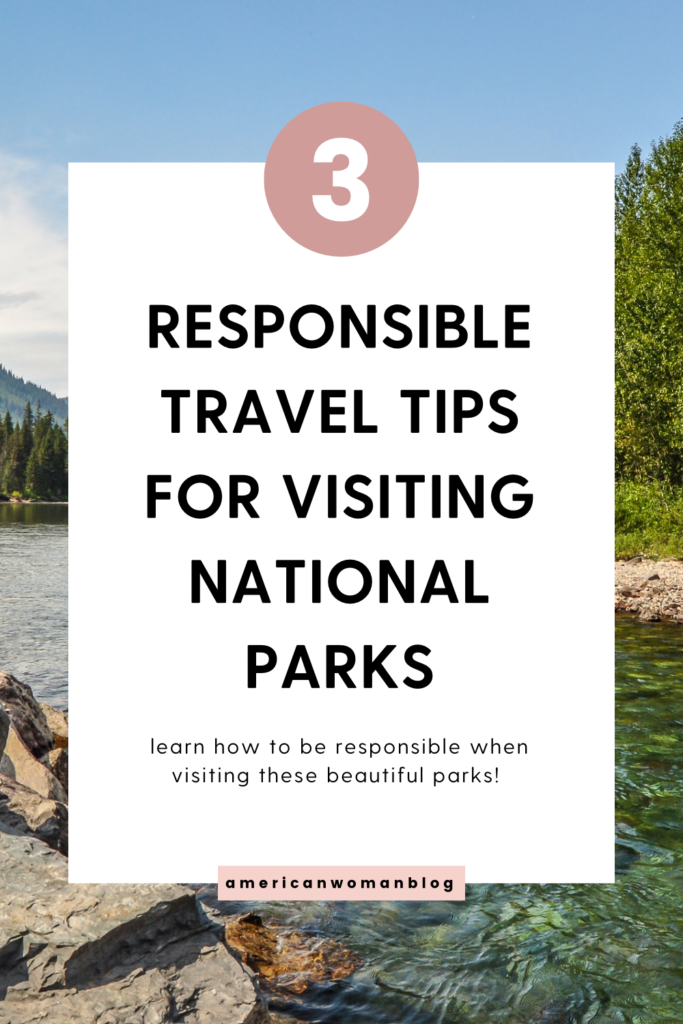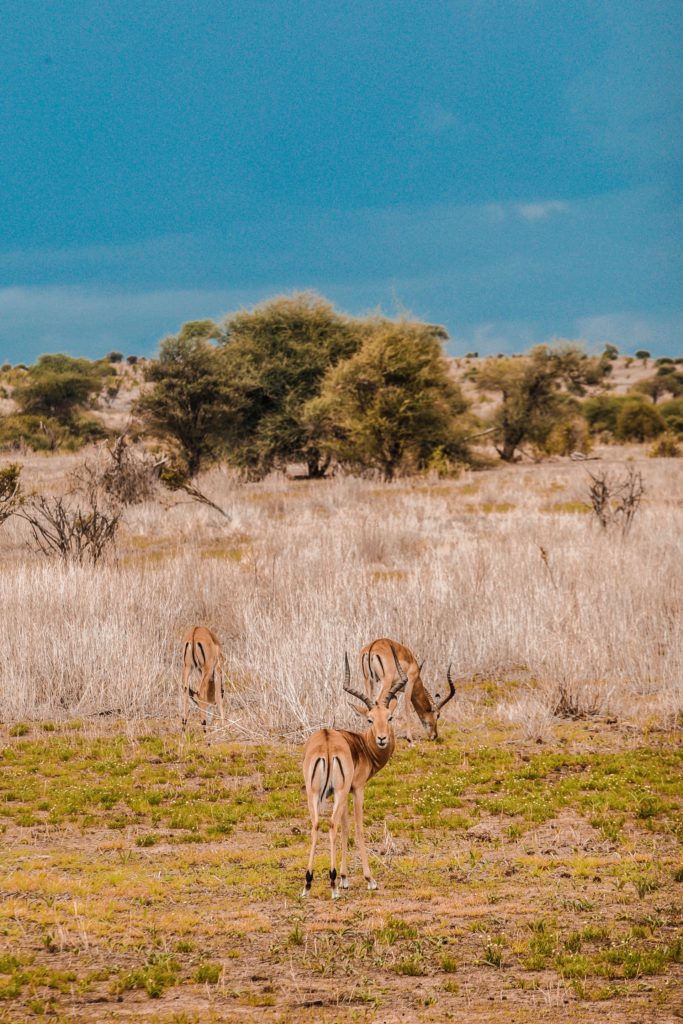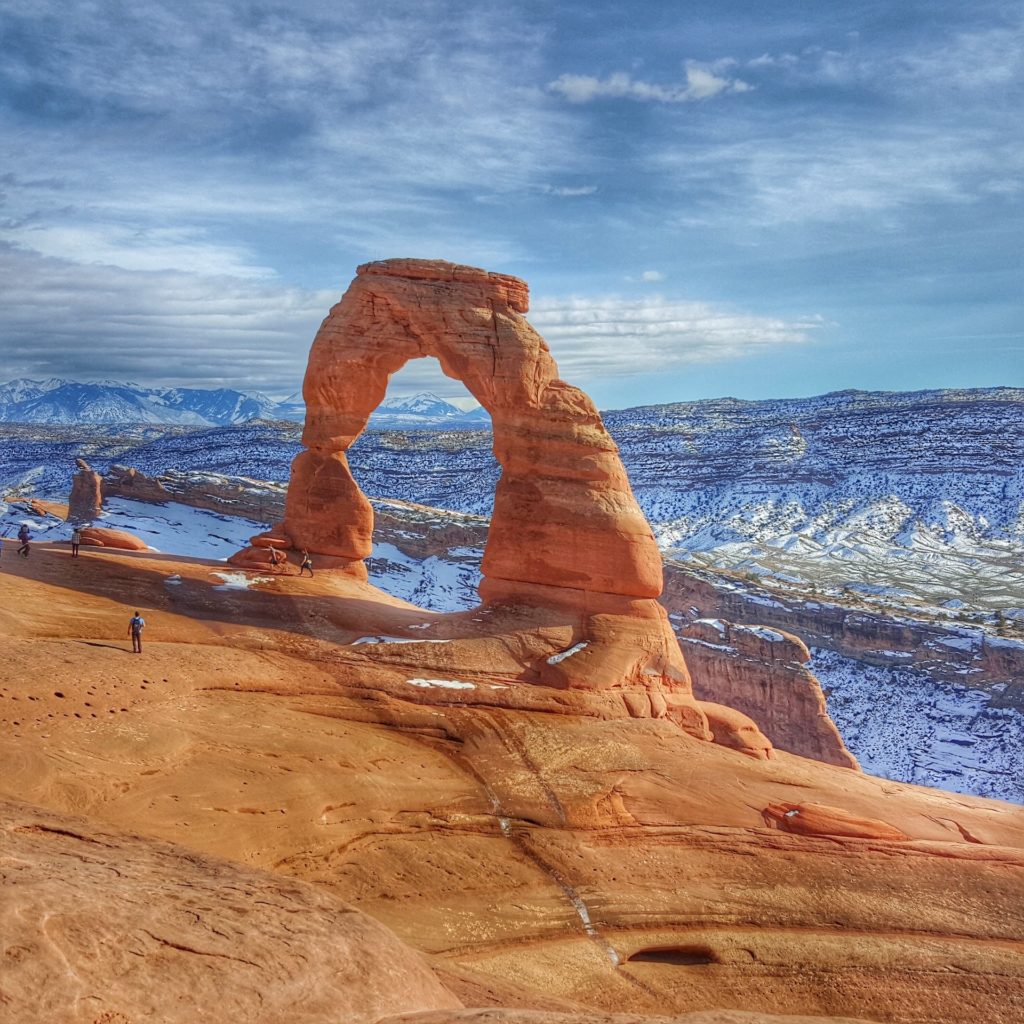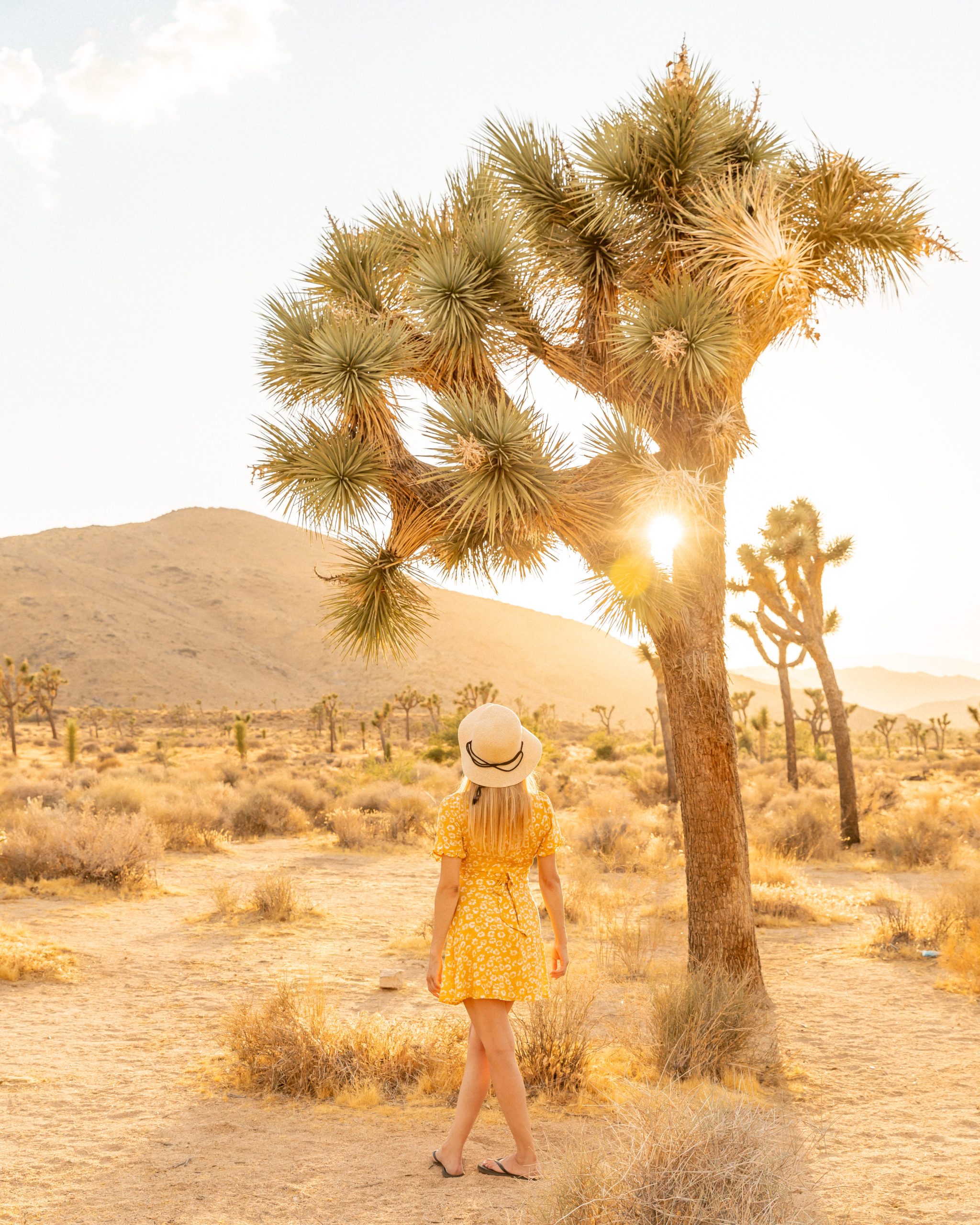Three Responsible Travel Tips To Remember When Exploring US National Parks
National parks are created to preserve and protect special places on our Earth. These areas of natural beauty often have delicate ecosystems, endangered species and historical monuments which are incredible to see, but also essential to protect. Therefore, as a responsible traveler, it’s worth knowing the code of conduct for exploring these amazing landscapes.
In the US alone, there are over sixty national parks. If you get the opportunity to explore even one of these places of natural wonder, it’s well worth the trip. Here we share three top tips for doing so responsibly.

Responsible Travel Tips for National Parks
Don’t Get Too Close to Wildlife
The US national parks include wilderness, forests, waterways and mountains. But whilst these landscapes are utterly picturesque and breathtaking in their appearance, they can also be dangerous. Wild animals live and roam the areas, so being alert and cautious are a big part of responsibly exploring.
You should never try to get a wild animal’s attention, feed or provoke them – not only can
this be dangerous but it’s also a finable offence in many parks. Pay attention to your surroundings – for example, in the Everglades National Park, keep in mind that crocodiles and alligators can move at lightning speeds in the water, and they can run surprisingly fast on land too. When traversing the hiking trails of the Rocky Mountains, you may come across bears, cougars and elk. Always follow the advice of the rangers, and don’t get too close to any wild animal.

Leave No Trace
We all know we shouldn’t litter, but it’s ever so important to be vigilant with this rule when visiting a national park. Rubbish can be harmful to wildlife and the environment, and it’s also disrespectful to the natural beauty which you are exploring.
If you’re camping, check your site for rules and regulations. Washing cooking supplies should be done 200 meters away from streams and rivers, and should be done with minimal amounts of soap. Always use a designated fire pit and be extremely careful that you don’t damage the surrounding environment with your campfire.

Stay Safe
National parks are vast expanses, with undulating terrains and unmonitored waterways. Always tell someone which route you’re taking and when you expect to return when you venture into a national park, and stick to the designated routes. Exploring off the trail is a recipe for disaster, and you could easily get lost. It’s also not a good idea to hike deep into any national park alone.
Planning ahead is key to staying safe in a national park. With extreme weather conditions and natural hazards at every turn, you need to know what to expect to keep yourself and your group safe. Packing items such as insect repellent, a first aid kit, flares and basic provisions are a good starting point.
Nature Lover’s Paradise
National parks are a nature lover’s paradise. With so many incredible natural formations to explore, it can be difficult to know where to begin. But wherever you’re headed, from the tumbling waterfalls of Yosemite to the rugged coastline of Arcadia, remember to always be a responsible traveler.

In Conclusion
National parks are a haven for nature lovers, offering a plethora of awe-inspiring natural formations and landscapes to explore. Whether you’re headed to the majestic waterfalls of Yosemite or the rugged coastlines of Acadia, always remember to be a responsible traveler. Your actions can make a significant impact on preserving these national treasures for generations to come.
Written By Zachary White.





